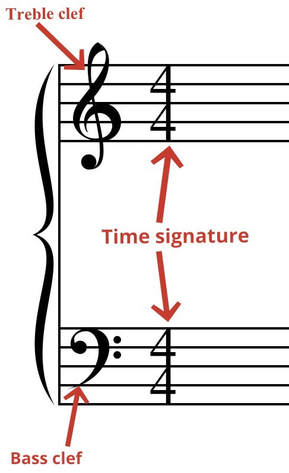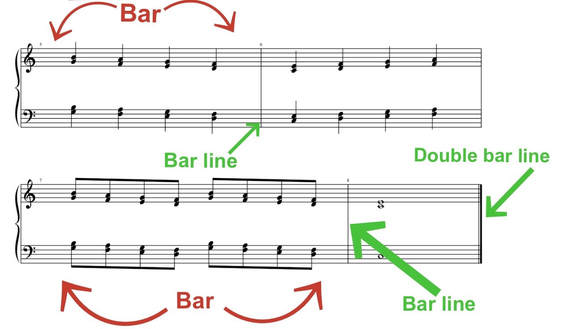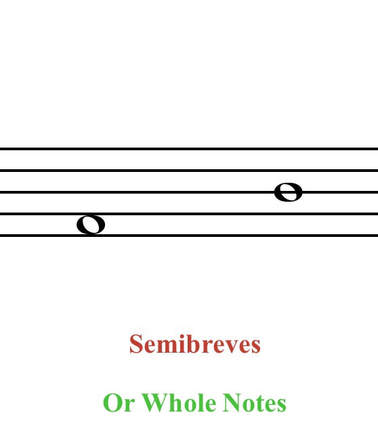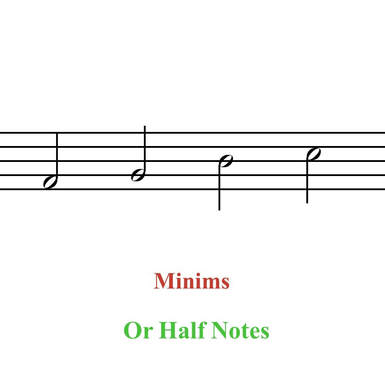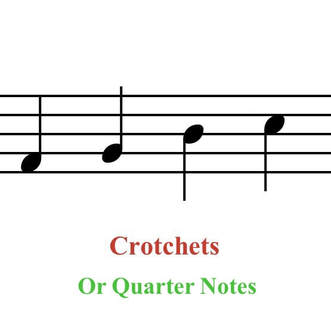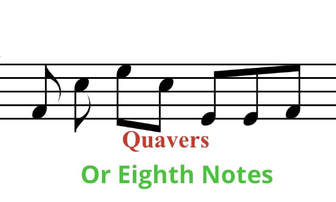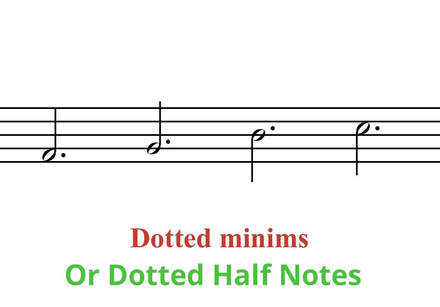Here is an introduction to the most basic principles of how time and rhythm is represented in music notation.
This is an example of a time signature:
This is an example of a time signature:
The time signature goes after the clef for each stave. See this page for more explanation about clefs in music: How to read music. The top number of the time signature tells you how many beats are in each bar. Here is a picture explaining what bars are in music:
Bar lines separate the bars from each other so that you can clearly see how many beats are in each bar. This is important because often the first beat of a bar should be stronger, or accented. A double bar line is found at the end of a piece of music or section.
A bar can also be called a measure.
A bar can also be called a measure.
The bottom number of the time signature tells you what kind of beats to count. When the lower of the two numbers in the time signature is a 4, it means crotchets (also known as quarter notes) get one count (or one beat), and all other note values are proportional to that. This means that minims (or half notes) would get two counts, semibreves (or whole notes) would get four counts and so on. Read more about time signatures with different bottom numbers.
Here is what the different kinds of note values look like:
Here is what the different kinds of note values look like:
Semibreves or whole notes get four beats when the time signature indicates to count crotchet beats
Minims or half notes get two beats when the time signature indicates to count crotchet beats.
Crotchets or quarter notes get one count.
Quavers or eighth notes get half a beat each, so you would play two quavers in one beat, which makes them sound twice the speed of crotchets.
Notice how all of the above note values are named according to how they fit into a semibreve. I.e. a crotchet is worth a quarter of a semibreve, a minim is worth half a semibreve and so on.
If you add a dot next to a note, it makes the value half as long again. For example, a minim is worth 2 beats. Half of 2 is 1. If you add a dot to a minim you’re adding an extra 1 beat to its value. This means that a dotted minim would be worth 3 beats.
If you add a dot next to a note, it makes the value half as long again. For example, a minim is worth 2 beats. Half of 2 is 1. If you add a dot to a minim you’re adding an extra 1 beat to its value. This means that a dotted minim would be worth 3 beats.
